Creating an ecosystem for non-cash payments
| Fear of using modern payment methods because it affects tax payments | |
| Use of online payments expanded |
 |
| Banks have been in a “race” to develop digital banking. Photo: Internet. |
One application, thousands of connections
With the digital payment ecosystem, using one device with a network connection, consumers can easily manipulate and perform many different services (financial services, banking, shopping, online services, payment of electricity and water bills, charges, and fees) without going to a transaction place, or doing complex paperwork. Additionally, thanks to the digital payment ecosystem, customers' information and transaction history are also stored and kept confidential.
Data from the State Bank of Vietnam (SBV) showed about 94% of banks have initially implemented or developed digital transformation strategies.
According to a representative of ABBank, non-cash payments are more and more popular because users give priority to speed, freedom and minimising direct contact. Therefore, over the past year, a series of banks have converted to digital banks, creating an exciting battle to compete for market share, which benefits consumers.
Recently, LienVietPostBank launched LienViet24h digital banking application based on consolidating online platforms, suitable for all customers. SeABank launched the SeAMobile digital banking application, with the unification of all experiences, interfaces and features on computer and mobile platforms with fast speed, allowing customers to pay bills. Vietcombank also launched VCB Digibank, bringing all financial benefits from money transfer, savings to bill payment, insurance, tuition, public administrative services, and online shopping to customers.
TPBank's report showed the number of users of its digital banking services has doubled in the past three years, with an average increase of more than 30% annually. The ratio of digital banking transactions to total TPBank transactions increased from 72% at the end of 2018 to 83% at the end of June 2020. Similarly, at HDBank, after just a month of implementation on August 1, 2020, the eKYC authentication method on its e-banking application attracted nearly 15,000 registered customers.
Thanks to such drastic changes, non-cash payments in Vietnam have developed strongly.
According to the SBV’s statistics, by the end of August, there were about 75 organisations implementing internet payment services and 45 organisations providing mobile payment services. Banks have researched and applied many new and modern payment technologies, with the use of fingerprint authentication, facial recognition, biometrics, QR codes, token codes, contactless payment, and mPOS technology.
Recently, the SBV issued Circular No. 16/2020/TT-NHNN amending and supplementing Circular No. 23/2014/TT-NHNN. Accordingly, the regulations on opening e-accounts (eKYC) of individuals, which are considered "a key" to open the door to providing digital services for banks, have been added. As a result, just four months after the SBV allowed banks to pilot the eKYC, the number of registered customers increased dramatically.
Both success and failure
However, developing an ecosystem for non-cash payments in Vietnam is difficult. The reason comes from many sides, both objective and subjective, because each sector and industry has its own difficulties.
For instance, in the e-commerce sector, the number and value of transactions in Vietnam has increased sharply, but the proportion of non-cash payments has not had corresponding growth.
Regarding this issue, Hoang Quoc Quyen, a representative of Tiki e-commerce platforms said Tiki had 5 million orders per month, but the proportion of online payments is only about 40%, while this figure in Indonesia and Malaysia was up to 85%. According to Quyen, the reason comes from consumers’ trust, because there are so many fraudulent individuals and online business organisations that customers lack confidence to accept online payments first. They will pay in cash after receiving them and inspecting goods.
In banks, online payment and internet banking have thrived, but there are cases customers were cheated, accounts were appropriated, money was stolen in credit cards, and savings books were lost. This made many people afraid to do online transaction.
Pham Tien Dung, Director General of Payment Department, SBV, said although people’s preference for using cash has decreased, it is still popular. Some users are concerned about new payment technologies, as well as security and safety when using e-payment methods.
Additionally, the investment capital for digital banking and e-payment ecosystems is huge; so many commercial banks must consider and calculate to ensure their business efficiency. According to Duong Trong Tru, Director of LienVietPostBank Digital Banking, digital banking in Vietnam is in the start-up stage and there will be successful and unsuccessful conversion. Thus, it requires time, perseverance and long-term strategic direction from banks.
Facing these difficulties, Pham Tien Dung said authorities need to continuously improve the infrastructure for non-cash payments; research, propose preferential policies (on taxes and fees), reasonable fee-sharing mechanisms among stakeholders, benefitting parties participating in the transactions, especially points accepting payment; and accelerate information, propaganda, training, guidance and protect consumers doing non-cash payment.
For the development of non-cash payments to be effective and practical, it is difficult for the banking industry to handle this solely because it depends heavily on financial and human capacity. Therefore, it is necessary to have attention and drastic direction from competent agencies, as well as the close coordination of concerned ministries, branches and localities.
E-payment in public administrative services has been drastically deployed
The Government has opened and put into operation the National Public Service Portal with the integration of online payment function, helping people and firms use their accounts at banks or intermediaries for e-payment for fees and charges when performing administrative procedures and public services; and many ministries and branches also have directions and solutions to promote non-cash payments. Up to now, 50 commercial banks have completed connection for e-tax payment with tax and customs offices in 63 provinces and cities, 95% of customs revenues have been made via banks; 99% of businesses registered to pay e-taxes; and 93.9% of units using the State budget pay salaries via accounts, up from 81% at the end of 2016. More than 30 hospitals have implemented electronic hospital bill payments. Twenty-seven commercial banks and 10 intermediary payment organisations coordinate to collect electricity bills, bringing the electricity bill revenue of Vietnam Electricity (EVN) through bank payments up to nearly 90%.
Related News

Amending and supplementing digital transformation plan of Customs sector
15:54 | 02/07/2024 Customs

Focusing on human training to meet digital transformation requirements
21:58 | 09/06/2024 Customs
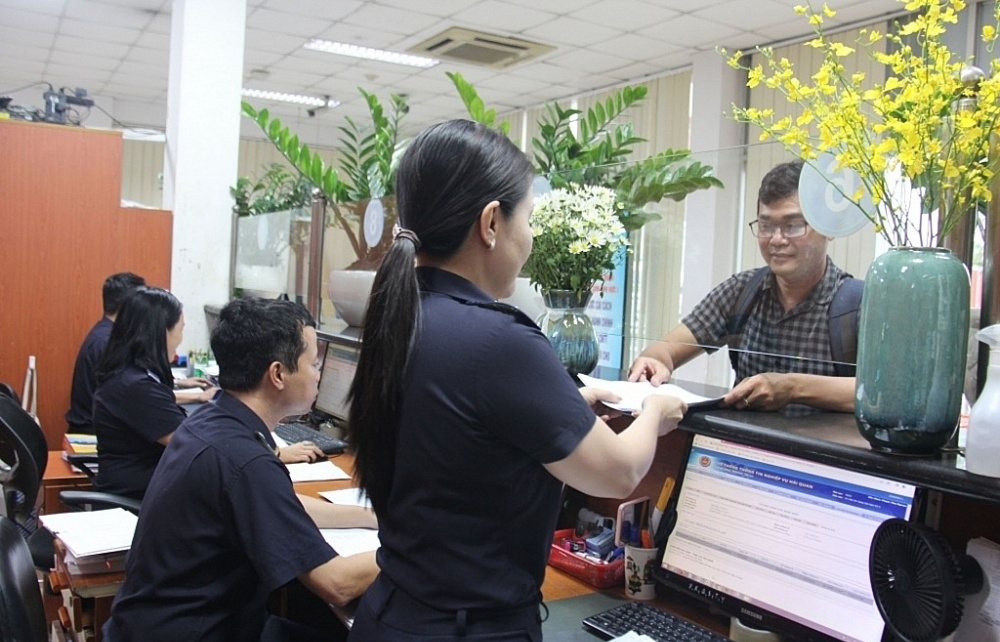
Ho Chi Minh City Customs: Creating strong changes from modern management methods
09:43 | 25/04/2024 Customs

The Taxation continues to digitally transform comprehensively
09:47 | 10/02/2024 Finance
Latest News

Embracing green exports: a pathway to enter global supply chains
10:33 | 20/02/2025 Import-Export
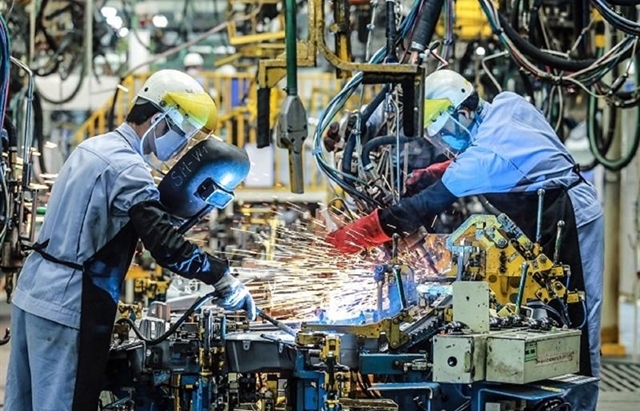
New policy proposed to prevent transfer pricing, tax evasion of FDI enterprises
10:32 | 20/02/2025 Import-Export
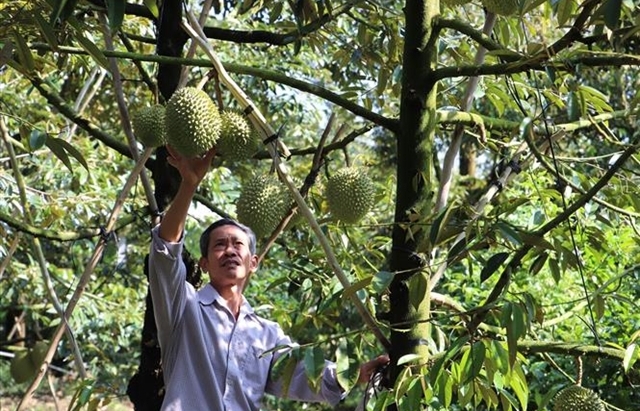
Việt Nam’s durian exports to China plummet by 80%
16:18 | 19/02/2025 Import-Export
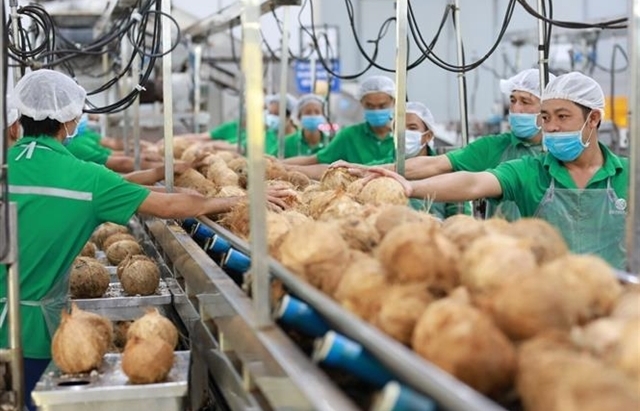
Coconut exports reach 14-year high
15:29 | 18/02/2025 Import-Export
More News

Shrimp exports grow in the first month of 2025
15:28 | 18/02/2025 Import-Export
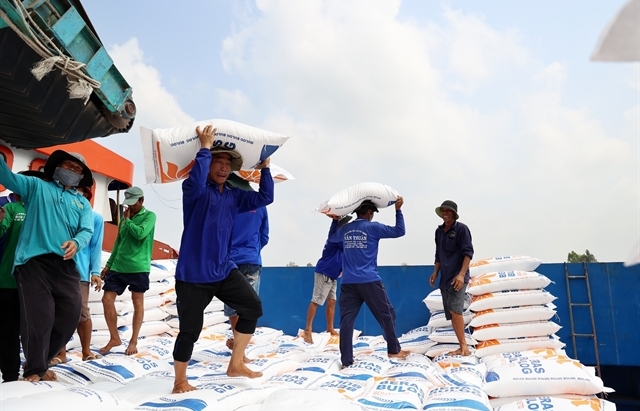
Rice export prices drop, but decline expected to be short-term
08:10 | 17/02/2025 Import-Export
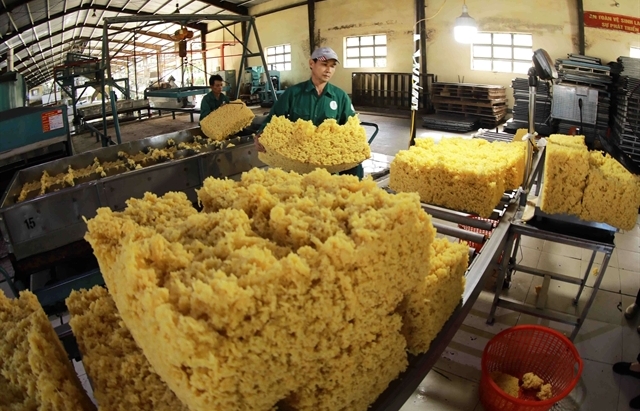
Key agro products expected to maintain export growth this year
08:08 | 17/02/2025 Import-Export

EU issues 12 warnings against Việt Nam’s food and agricultural exports
08:07 | 17/02/2025 Import-Export
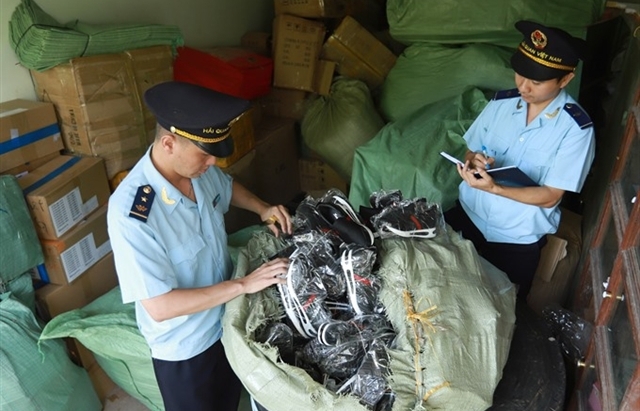
Việt Nam to impose VAT on low-value express-imported goods
08:06 | 17/02/2025 Import-Export

Exchange rate risks need attention in near future
16:31 | 15/02/2025 Import-Export
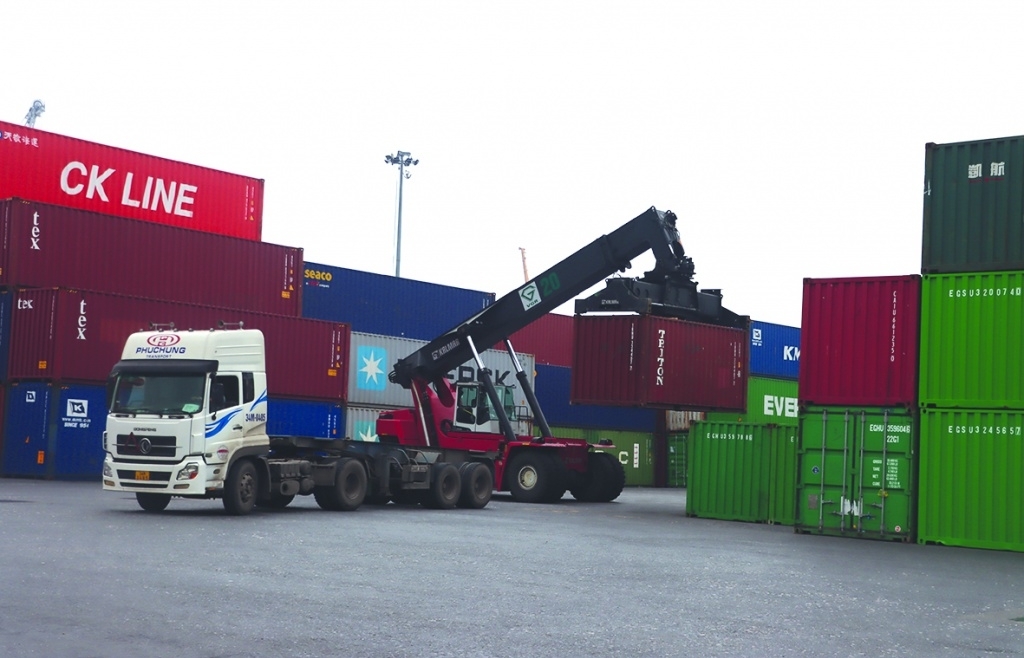
Vietnam kicked off the year with a strong start in trade, exceeding US$63 billion in the first month
16:30 | 15/02/2025 Import-Export
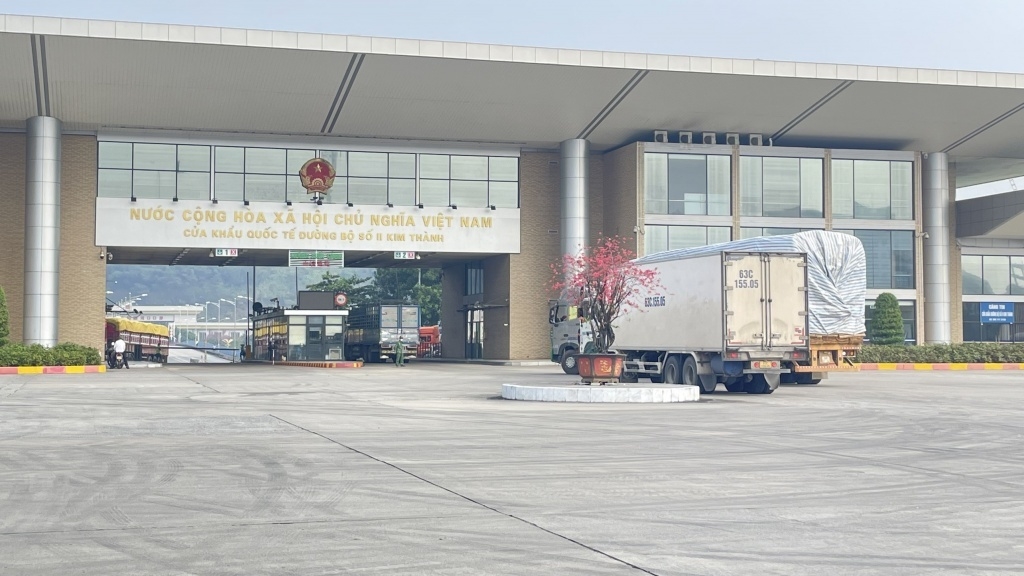
Import and export turnover reaches about US$29 billion in the second half of January 2025
14:52 | 14/02/2025 Import-Export

Market edges up slightly as liquidity remains low
14:48 | 14/02/2025 Import-Export
Your care
The system has not recorded your reading habits.
Please Login/Register so that the system can provide articles according to your reading needs.

Embracing green exports: a pathway to enter global supply chains
10:33 | 20/02/2025 Import-Export

New policy proposed to prevent transfer pricing, tax evasion of FDI enterprises
10:32 | 20/02/2025 Import-Export

Việt Nam’s durian exports to China plummet by 80%
16:18 | 19/02/2025 Import-Export

Coconut exports reach 14-year high
15:29 | 18/02/2025 Import-Export

Shrimp exports grow in the first month of 2025
15:28 | 18/02/2025 Import-Export
